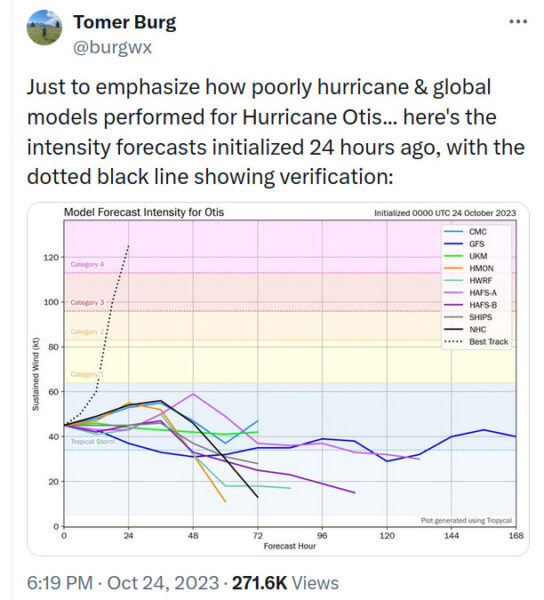Your morning science: Study shows sex could be a better predictor of sports performance than gender identity
Dr John Armstrong, King’s, Dr Alice Sullivan, University College London and George M Perry, an independent researcher from the USA, conducted a study analysing data on the performance of people who competed in the non-binary category of 21 races in the New York Road Runners database.
Outside of purely biological outcomes and criminology, little empirical work has been done to test the theory that gender identity is more important than biological sex as a cause of gender disparities in outcomes. The data set of 166 race times achieved by non-binary athletes within a data set of 85,173 race times was selected as it was the largest available consistently formatted data on non-binary athletes.
Since the race results do not provide the sex of non-binary athletes, the sex of non-binary athletes was either derived from previous races they had run, or where this wasn’t available, the researchers used a novel technique to model the sex of athletes probabilistically based on their given names, using US Social Security Administration data. Race times were used as the outcome variable in linear models with explanatory variables derived from biological sex, gender identity, age and the event being raced.
I don’t ever want to hear another word about the flat-earth people. Not. One. Word.


